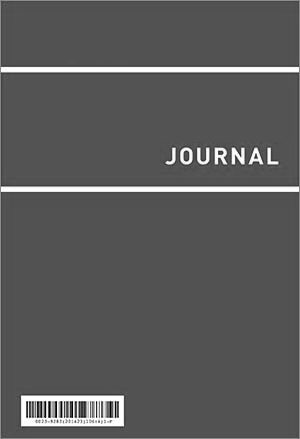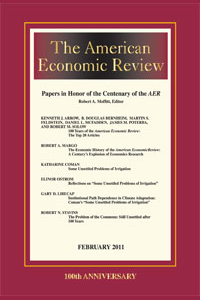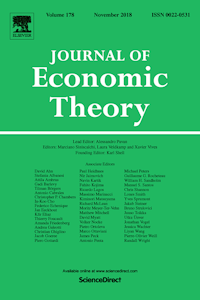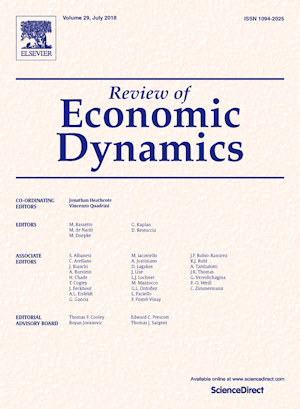
Dasgupta, A. and Dasgupta, P.
Population Overshoot
The Oxford Handbook of Practical Ethics, forthcoming
(2019)
Abstract: Ehrlich and Holdren (1971) introduced the metaphor, I=PAT, to draw attention to the significance of the biosphere's carrying capacity for population ethics. The authors traced the impact of human activities on the Earth system to population, affluence (read, per capita consumption of goods and services), and the character of technology in use (including institutions and social capital). Because our impact on the biosphere is proportional to the demands we make of it, and because those demands increase with our economic activity, we can assume our impact on the biosphere increases with economic activity. But it means that even though today's poorest societies can be expected in time to display fertility transitions, it is no reason to think that humanity's demands for the biosphere's goods and services will cease to exceed its ability to supply them (see below). That is why it is a mistake to ignore the Ehrlich-Holdren observation that the biosphere responds to the demands we make of it, not to changes in the demands we make of it (e.g. those that accompany declines in fertility rates), nor to changes in the rate of change in the demands we make of it (those that accompany declines in the rate of growth of the global population).
Author links: Partha Dasgupta
Publisher's Link: /people-files/emeritus/pd10000/publications/18/ADPD-final-OUP-Jan-2019.pdf ![]()



